
Jiayuguan Pass
It's an important link in the ancient Silk Road and represented the beginning of the western end of the Great Wall in the Ming Dynasty . It integrates Silk Road and Great Wall cultures and is well-known for its impregnable geographic conditions.
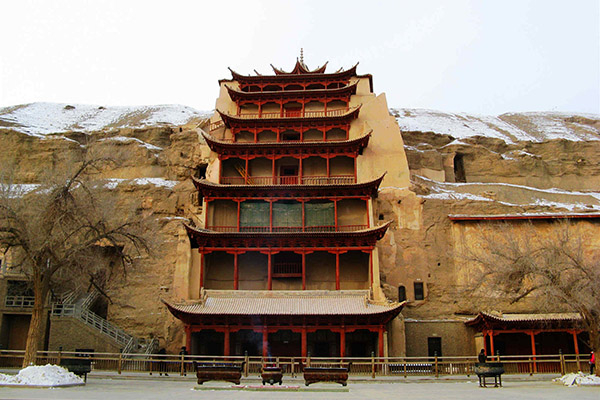
Mogao Grottoes
Hailed as the most valuable cultural discovery in the 20th century, Mogao Grottoes gets great fame all over the world for exquisite murals and sculptures. The beauty of the frescoes, wall sculptures especially the technical difference that reflects the influence of different cultures on the Silk Road make these very unique and remarkable works.
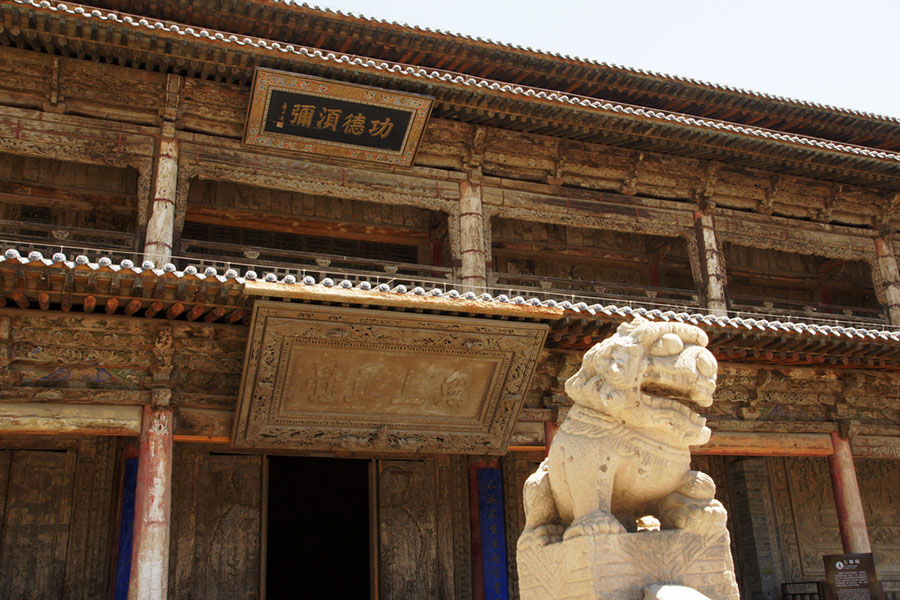
Giant Buddha Temple
Also being called Dafo Temple, the Giant Buddha Temple is the largest architectural relic in Gansu Province of the Western Xia period. China's largest reclining Buddha is well preserved in this temple. The temple was built around the beginning of the 12th century, during the Western Xia period.
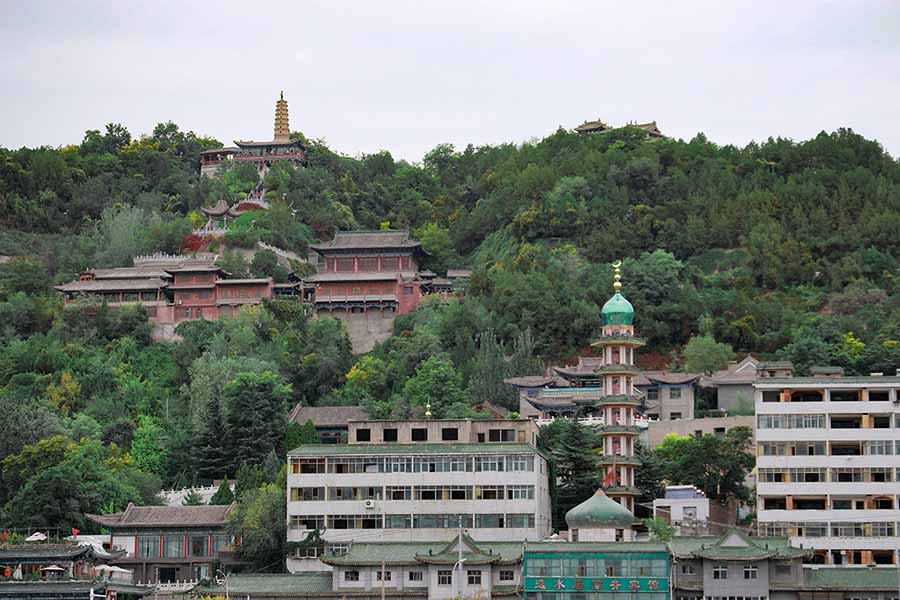
Yellow River Scenic Area
As one of the travel destinations along the silk road, the Yellow River Mother Sculpture has become the landmark sculpture of Lanzhou and also represents the image of Lanzhou.The Yellow River Mother Sculpture, regarded as one of the best sculptures depicting the mother river of Chinese civilization.

Zhagana Village
The residents here are mostly Tibetans who lead lives of half farming and half nomadism. Here you can see native people’s lifestyle and feel the simplicity and quietness of the primitive Tibetan village.
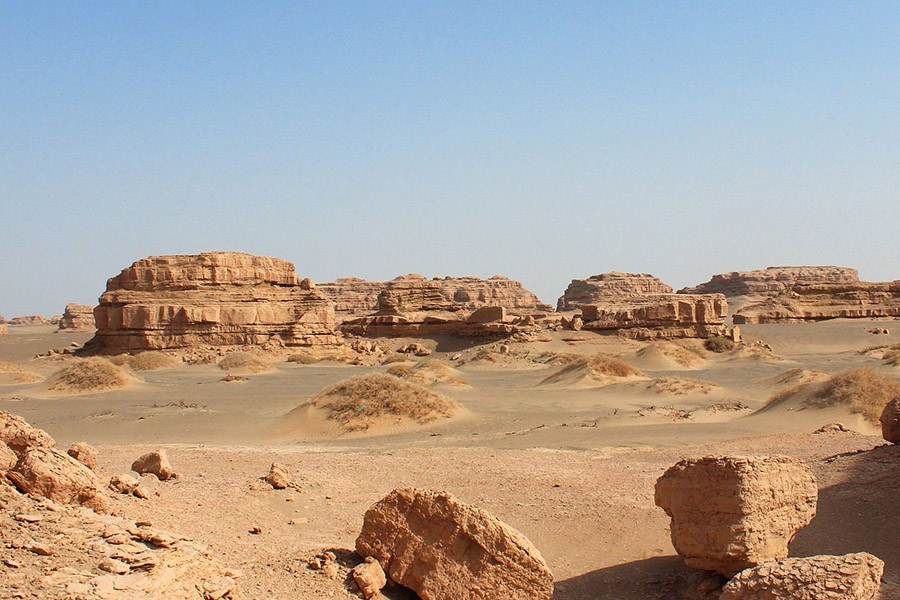
Yardan National Geological Park
In Yadan National Geological Park, you can enjoy a colorful world in different time. The whole vast city looks golden and grand in the morning, while shadows spread separately like smoke and fog. At dusk, the great sun sets down with cool wind and sky brilliant.
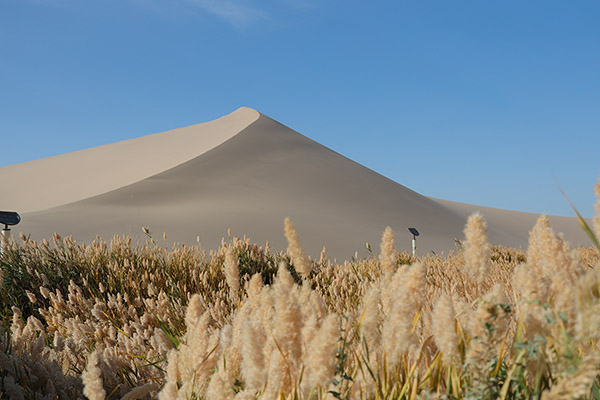
Echoing-Sand Mountain
There is a spectacular area of natural scenery in Dunhuang: the Echoing-Sand Mountains. The mountains are pale golden sand dunes dozens of meters high, covering an area roughly 40 km square, when the wind blows, give out a singing or drumming sound. They are part of the Kumtag Desert.
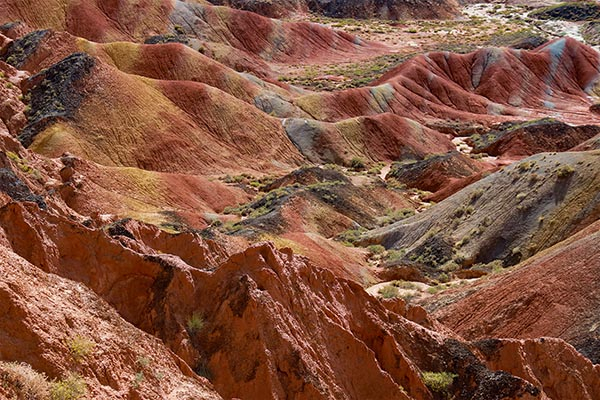
Zhangye Danxia Landform Geological Park
Zhangye ‘s Danxia was formed by the erosion of red sandstone, forming isolated peaks and steep stratified outcrops. Its special geological structure, combined with long-term desert conditions , freeze-thaw peeling, and wind and water erosion gave rise to its present appearance.
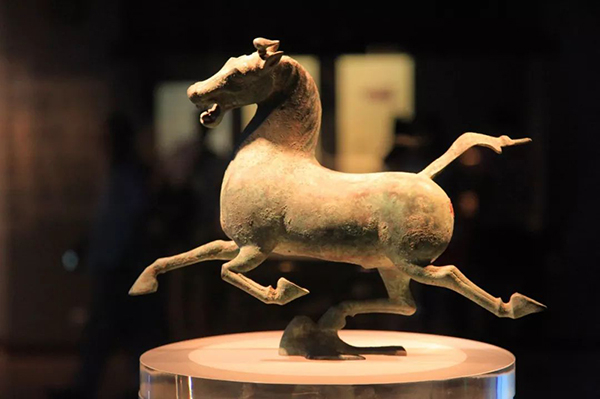
Gansu Museum
Its most unique pieces include painted pottery from the Neolithic Age; wood and bamboo documents from the Han Dynasty; Silk Road documents and treasures of the Han and Tangdynasties; and Buddhist artwork.The Museum is divided into two sections-natural resources and historic exhibits.